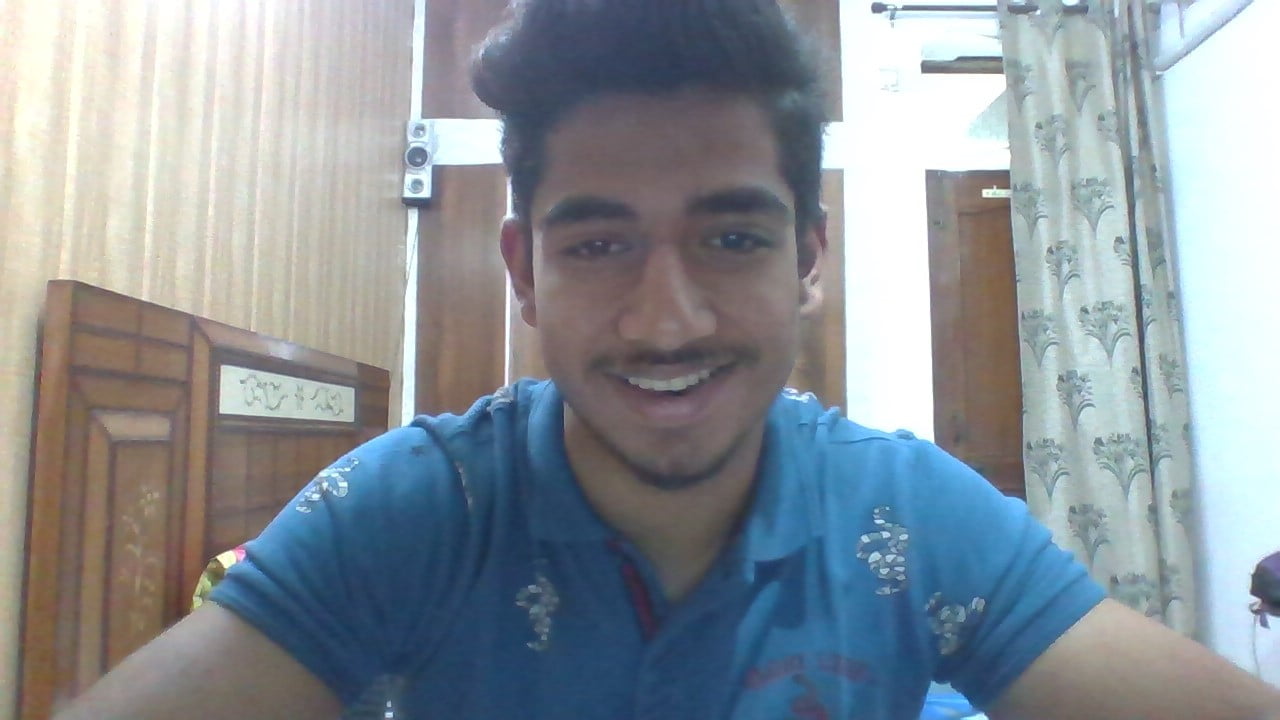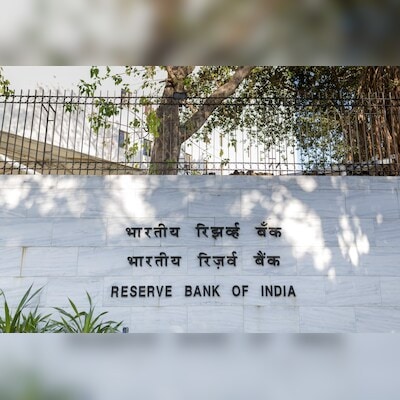)
India’s central bank watchers are getting anxious about who will decide interest rates. Image: Bloomberg
India’s central bank watchers are getting anxious about who will decide interest rates in two weeks’ time, a crucial meeting as a wave of global easing kicks off.
The contracts of three external members of the Reserve Bank of India’s monetary policy committee will expire on Oct. 4, just days before the MPC is expected to meet and make its rate decision on Oct. 9. A government-appointed selection panel hasn’t disclosed who the likely candidates are or when they will release the names of the new MPC members.
Click here to connect with us on WhatsApp
A delay in the appointments risks a repeat of 2020, when the RBI had to postpone its rate decision because the new committee members hadn’t been appointed in time. Looming in the background is also uncertainty over who will lead the RBI from next year, with the contracts of both Governor Shaktikanta Das and his deputy in charge of monetary policy, Michael Patra, coming to an end in coming months.
“Extensions and reappointments should be concluded and announced well ahead avoiding last minute delays. Unwarranted suspense in critical appointments is unsettling and distracting,” said Shubhada M Rao, founder of QuantEco Research, based in Mumbai. “This becomes relevant especially for the financial markets that seek signals around policy continuity,” she said.
The RBI’s policy committee is made up of three external members — usually well-known economists from the academic or finance worlds — and three RBI officials, comprising the governor, the deputy governor in charge of the monetary policy, and another official, typically the executive. director of the monetary policy department.
Das’s contract — already extended once by three years — comes to an end on Dec. 9 and Patra finishes his term on Jan. 14. Neither the government nor the RBI have signaled if they will remain in their posts.
MPC Doves
The external MPC members who end their terms next month have been more dovish than their RBI counterparts in recent rate meetings. Both Goyal and Varma voted for rate cuts in the past two meetings. Bhide raised concerns about the impact of high rates on economic growth, even though he voted in line with RBI officials.
Analysts say India should follow other central banks in having a more transparent process in selecting key candidates. At the Bank of England, for example, four external MPC members are appointed through an open and public process where the applicants are known before the selection is made.
“Why would there be so much of secrecy” about the appointments at the RBI, asked Amol Agrawal, who teaches economics at Ahmedabad University. “They are external members, they cannot be appointed like insiders. What is the big deal in not naming the members, and not following an open, transparent process?”
A selection panel — led by Das, Cabinet Secretary TV Somanathan and Economic Affairs Secretary Ajay Seth — chooses the external MPC members. Prime Minister Narendra Modi’s office has final sign-off on the positions.
The RBI and prime minister’s office didn’t immediately respond to emails seeking further information.
Appointments of key RBI officials are typically made ahead of time, aside from the 2020 debacle, which was partly due to disruptions over the pandemic period.
“While clarity is always welcome, I think as long as candidates are being vetted properly and being announced with a reasonable window, we do not feel there is any material impact on decision making,” said Rahul Bajoria, an economist at Bank of America Corp. .
)
Before the MPC was appointed in 2016, interest rates were decided by the governor alone. While policymaking is more consensus-based now, the governor still has veto power to break a deadlock in the six-member MPC.
Change in the leadership of the RBI can bring sweeping monetary policy shifts. Urjit Patel, who was RBI governor before Das took over in December 2018, was a policy hawk, rejecting calls to cut interest rates even when inflation tumbled to a record low of 1.46 per cent in June 2017. In Das’s first MPC meeting in February 2019 , he promptly cut rates in a surprise move.
Das is now facing calls to cut interest rates as global central banks pivot and the economy shows signs of moderating. The governor has repeatedly said he’s not considering a cut yet and wants to see inflation easing to the 4 per cent target and staying there.
If the new MPC members are appointed before the October MPC meeting, analysts don’t expect they will have enough time to acquaint themselves with the issues to call for a rate cut. Economists surveyed by Bloomberg predict the RBI will likely ease in December.
“The MPC is unlikely to make a sharp pivot in October as the internal RBI members remain the same for now and Governor Das has the casting vote in case of any tie,” said Shumita Sharma Deveshwar, an economist at GlobalData.TS Lombard.
First Published: Sep 27 2024 | 10:15 am ist
Thank you for taking the time to read this article! I hope you found the information insightful and helpful. If you enjoyed this type of content, please consider subscribing to our newsletter or joining our community. We’d love to have you! Feel free to share this article with your friends and family, who might also find it interesting.

Kanishk Singh has always had a keen interest in fast-paced cars. For the past three years, he has been writing about automobiles, but his fascination with cars dates back even further. He thoroughly enjoys learning about their features and expressing his thoughts through his writing. Kanishk also has a profound interest in the stock market, shares, and business strategies. He possesses a wealth of knowledge on these subjects and consistently writes articles on them. Currently, he is working as a writer for Lattestnews24, specifically focusing on the Automobile, Finance, and Business categories. His well-crafted words are highly appreciated by the readers, as they find them both informative and creative.
